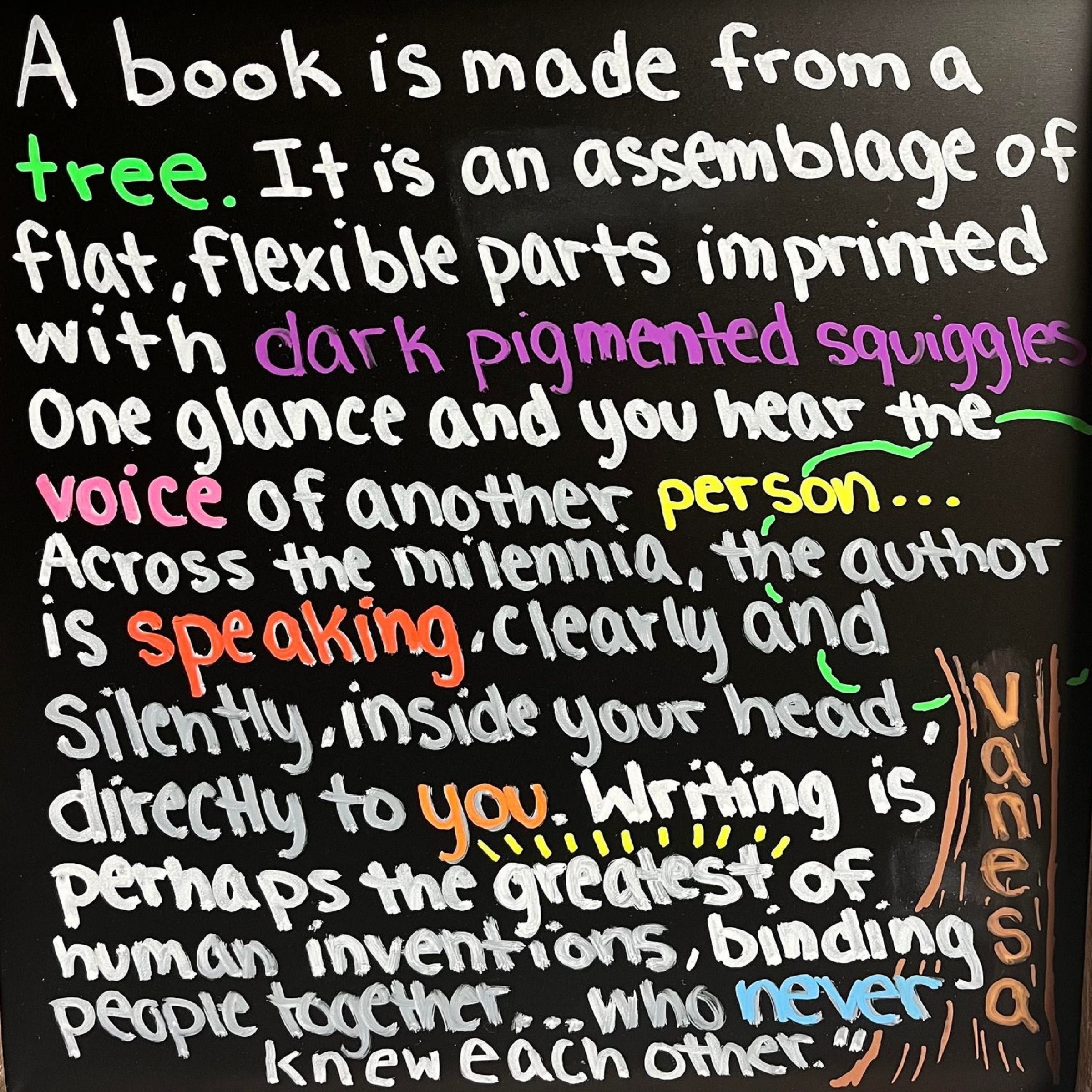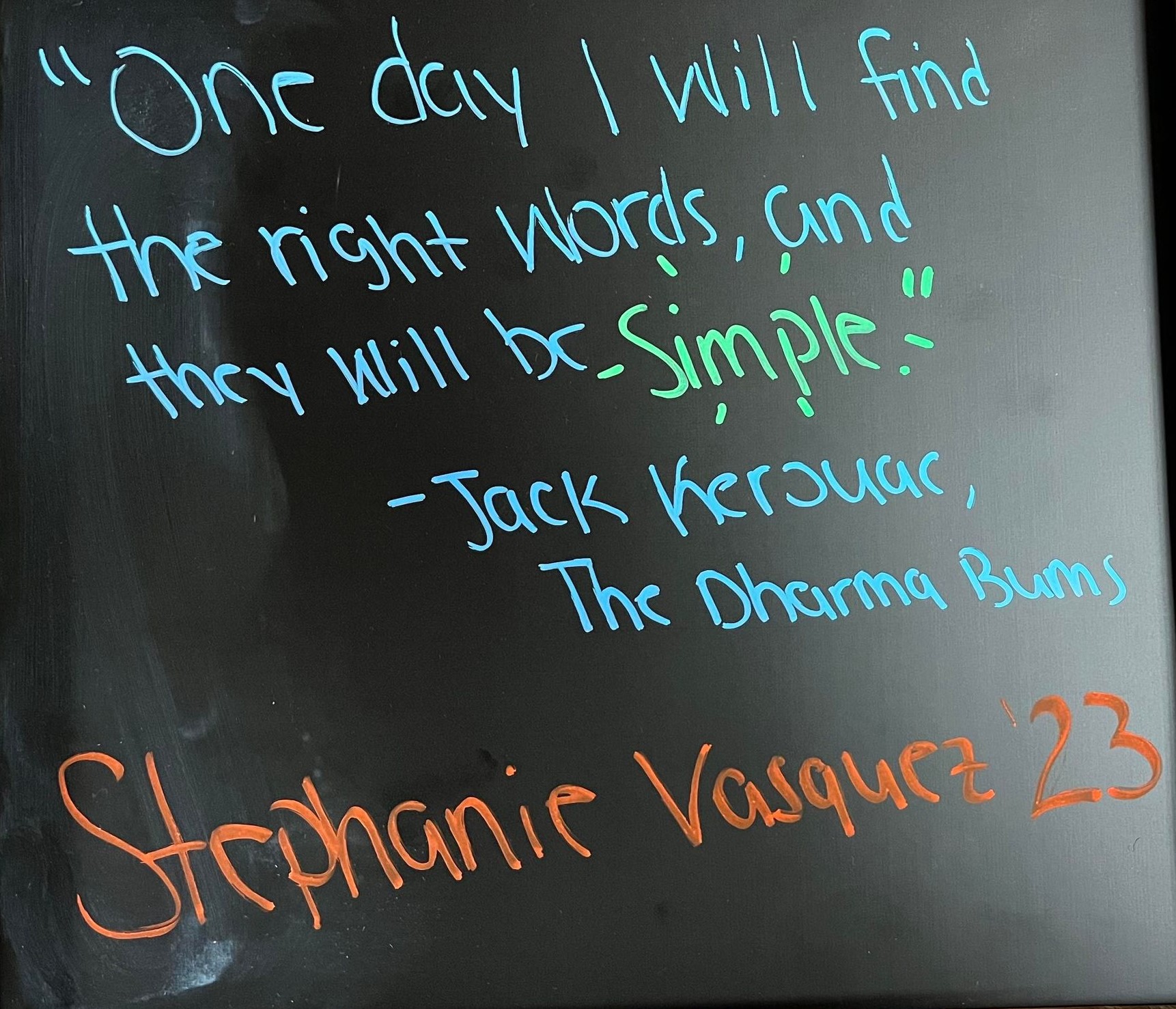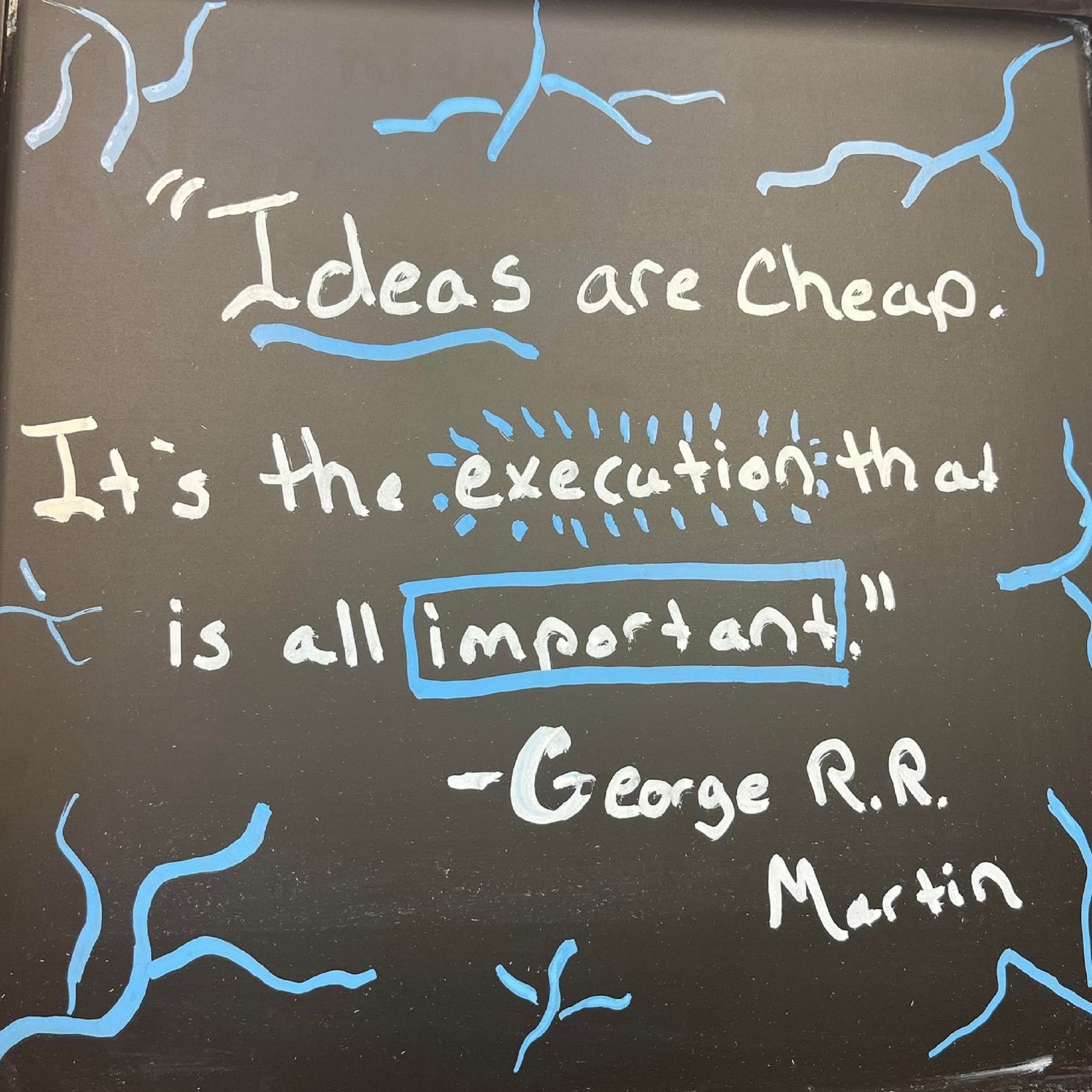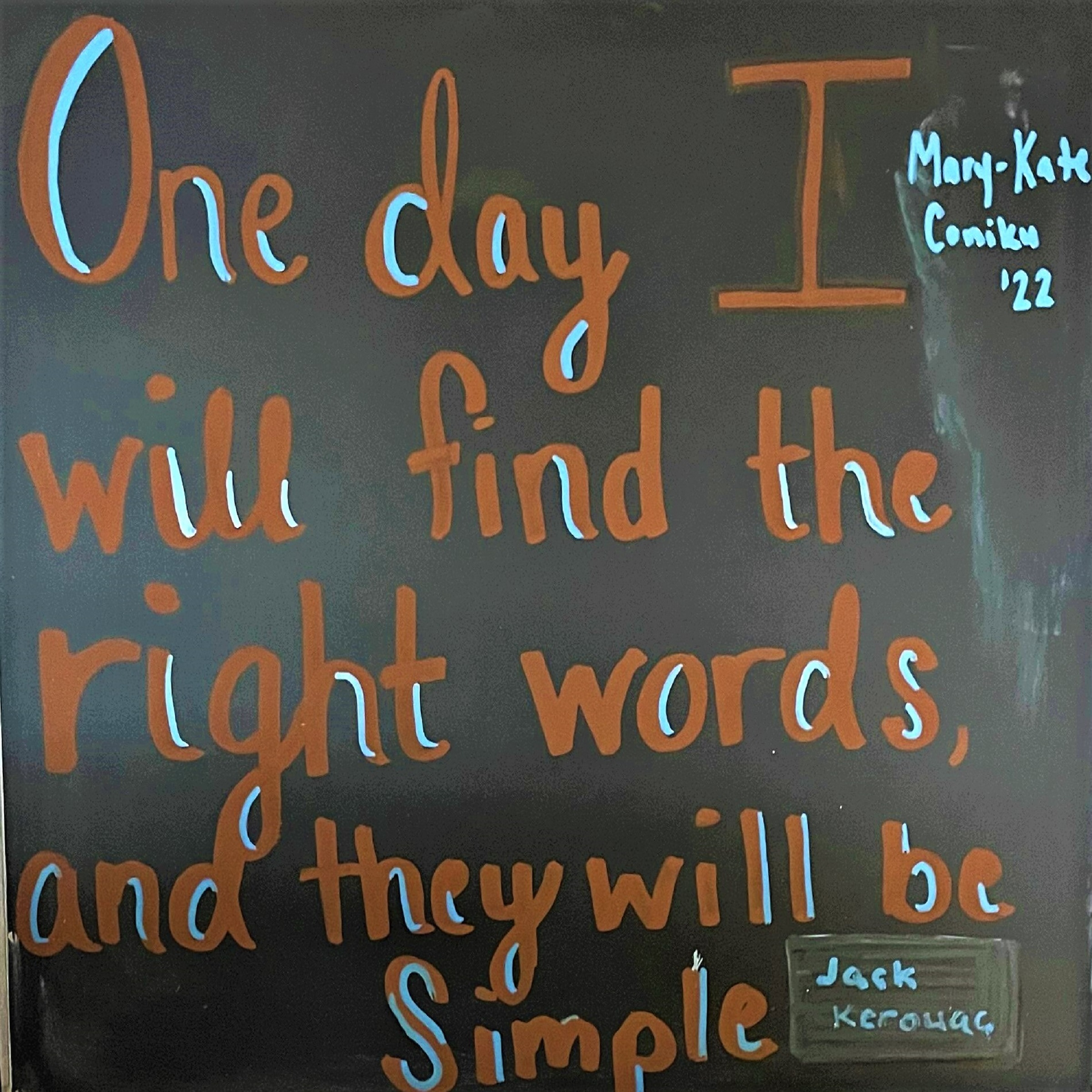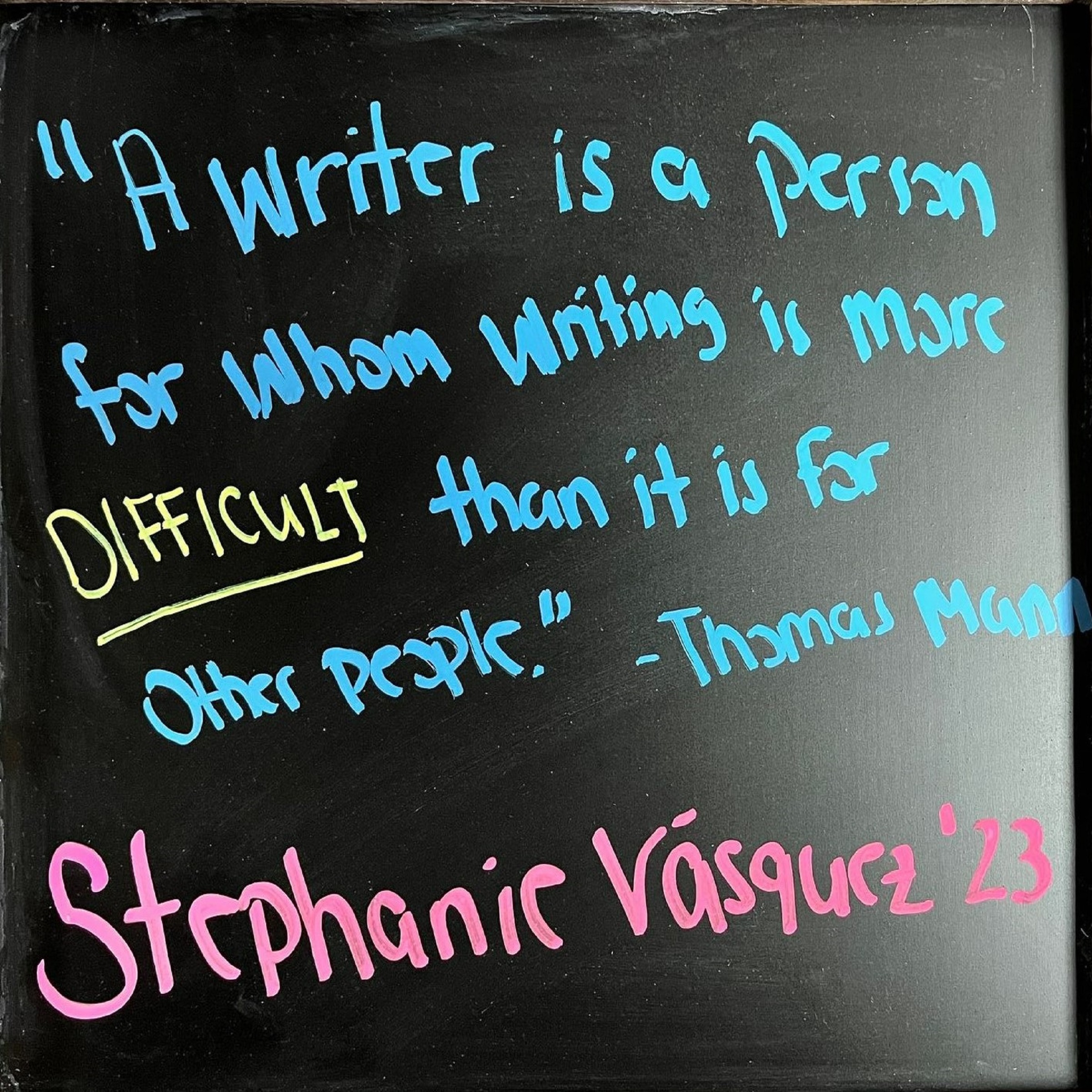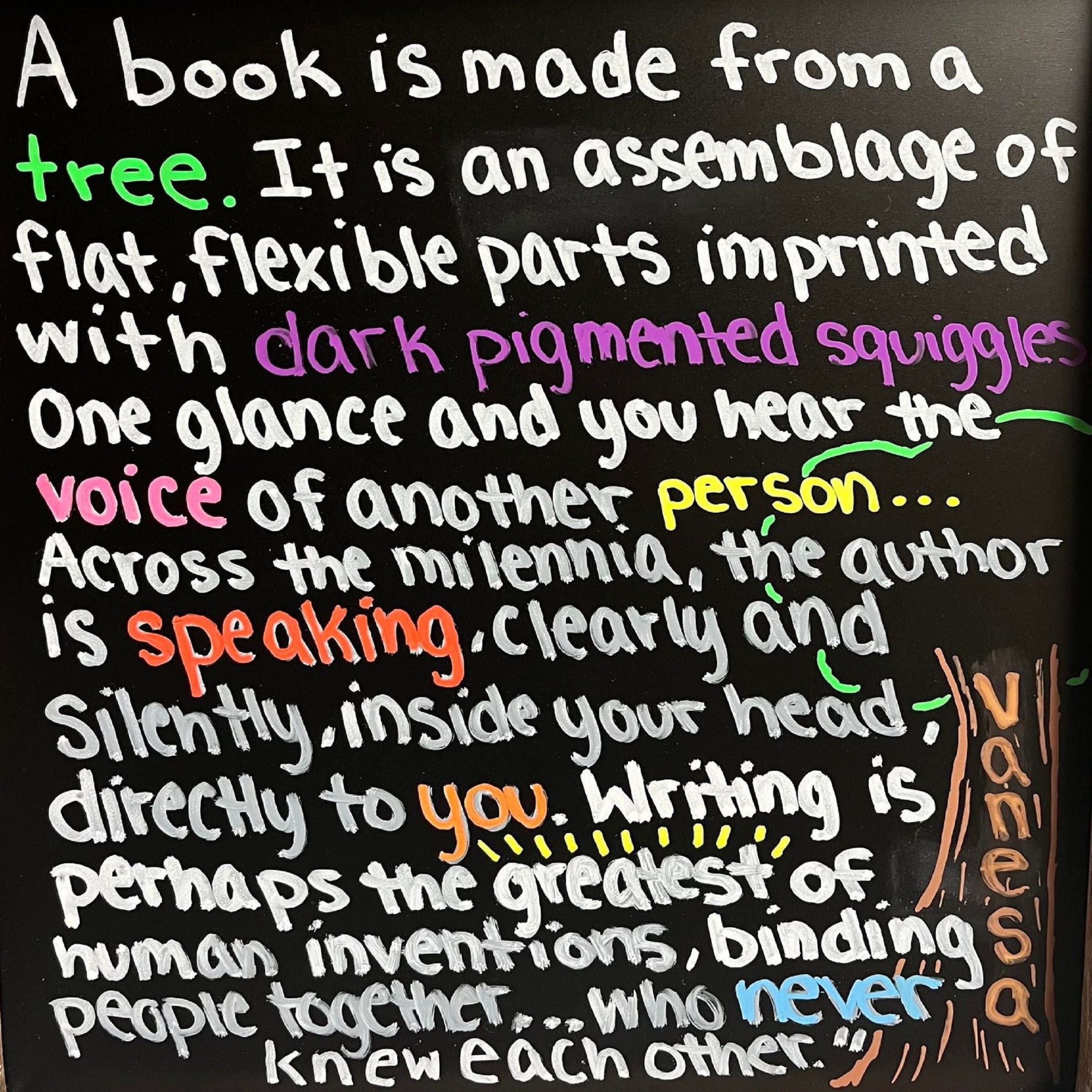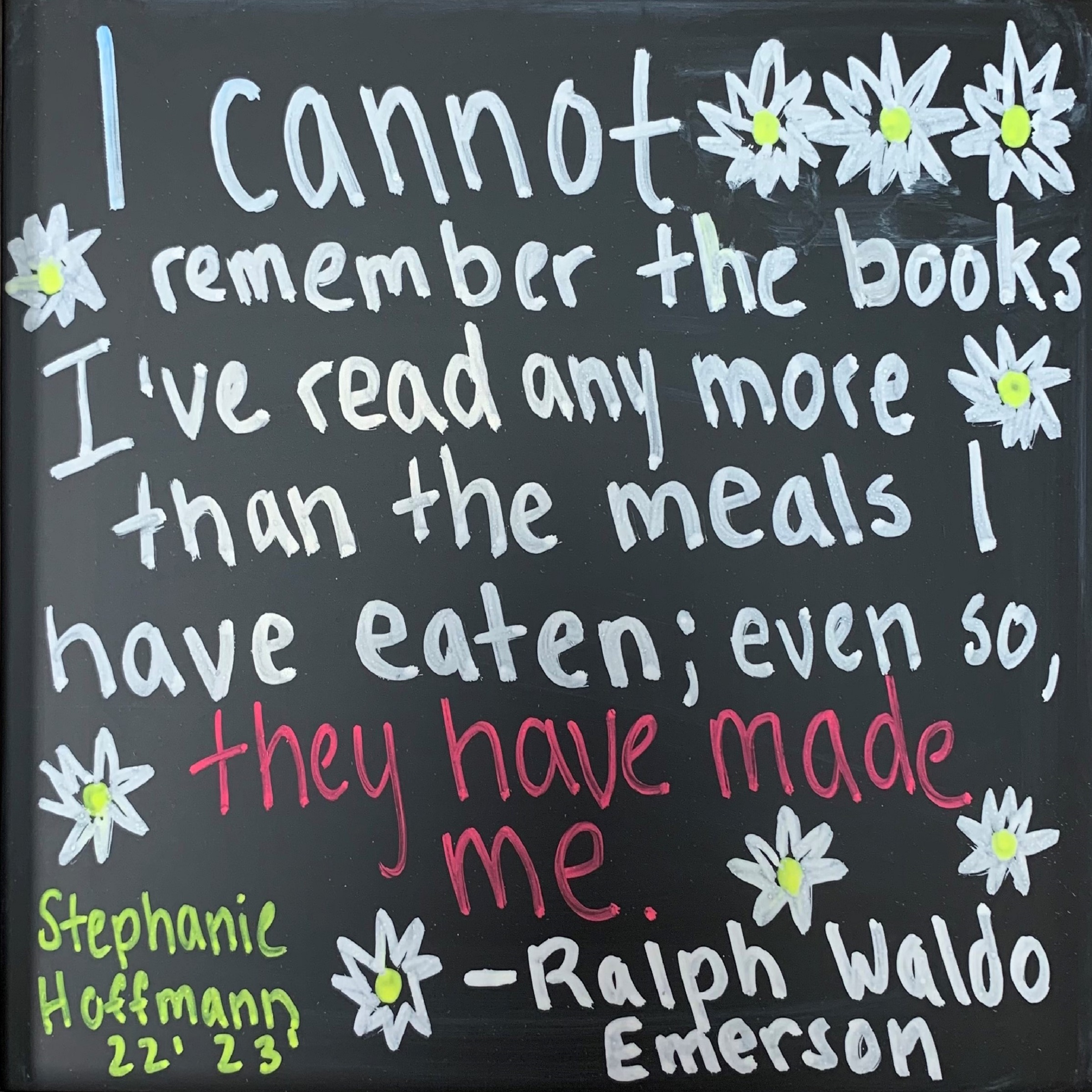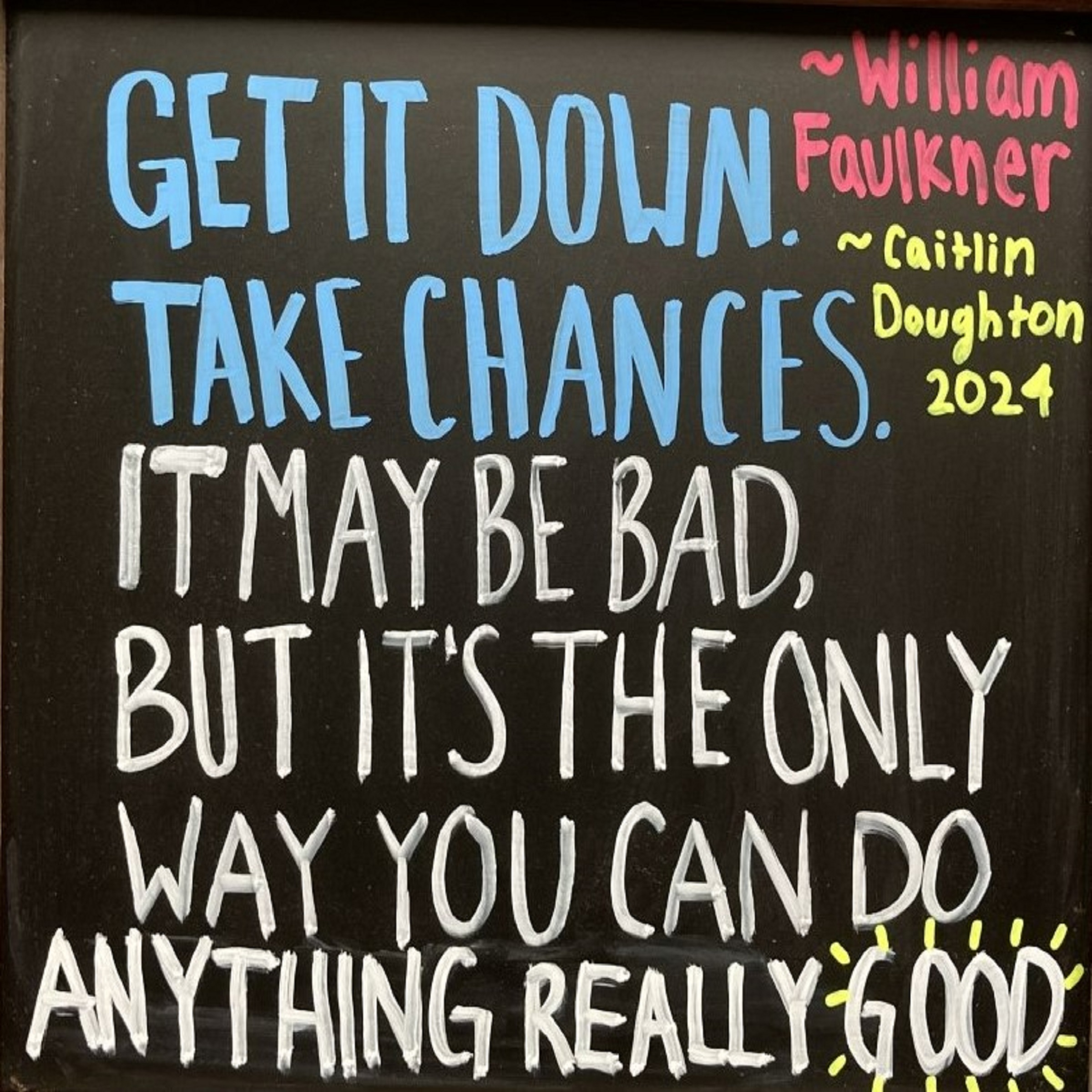by Dimitri Bartels-Bray
Beginning the graduate school application process might seem like a daunting task. Sure, you’ve applied to internships or scholarships in the past couple of years, but when’s the last time you sat down and applied to a school? Probably over four years ago. What’s worse is that this time, there’s the personal statement.
Fortunately, applying to graduate school, regardless of which type of degree you anticipate getting, does not need to be as harrowing as it initially seems. Today, we’ll be helping you step-by-step to create the personal statement, one of the largest pieces of your application. Let’s dive right in:
- List Your Goals
It might seem straightforward, but often students jump into the writing without doing the planning first! Schools normally restrict personal statements to only one or two pages, which isn’t a whole lot of room to tell them about yourself and your aspirations. That’s why it’s important to go in knowing the main points you plan to get across. Consider questions like:
- What inspires you to go into this field?
- What skills or activities best prepare you for this field?
- Why are you applying to this school in particular?
- Create an Outline
Once you have your goals listed out, consider creating an outline. This is a great way – as it
is with any paper – to expand and organize your ideas. To begin, consider this common format:
- Introduction: The introduction often begins with a story or some sort of theme that can tie the piece together. This is the more personal aspect of your statement, and often describes the moment you recognized your aspirations. It needs to pull the reader in and lead into your skills in some way.
- Body Paragraph(s): This/these paragraph(s) focus on describing your experiences and skills. What have you done in relation to the field you plan to enter? Even if you think there are no direct links between your work now and your work in the future, consider the skills obtained during internships, work, or other activities. For instance, perhaps you are a philosophy major aspiring to gain an MBA, and you had an internship that focused on creating presentations and strengthening communication skills. This is also a great location to end your template if you plan on applying to multiple schools. That way, you only need to make minor adjustments (if any) for each application before writing the concluding paragraph.
- Conclusion: Here, focus on mentioning the school itself. It’s important to connect yourself with the institution. Consider if there are research opportunities or institutes unique to the school, for instance. What draws you specifically to this school? The end of this paragraph is also the prime location to reconnect to the story, theme, or idea from your introduction; it doesn’t need to be lengthy, but a good conclusion sentence will be able to wrap it all up like a present with a ribbon on top.
- Write, write, write!
- Revise and Repeat
After you finish writing your rough draft, it’s best to walk away for a bit if you have the time, which is why we recommend beginning the writing process as early as possible. Not looking at your work will enhance the editing process as it won’t be as fresh in your mind – it’s much easier to critically edit when the document isn’t familiar!
Once you’ve let it sit for a while, return to the document, and read it aloud. Reading it aloud is the easiest way to check for clear grammar and flow errors. Also take this initial session to ensure that you cover all the points you hoped to discuss. Remember that this is the chance for admissions’ officers to get to know YOU. After reading, make any necessary edits, and rewrite portions if you find your statement lacking information.
After you feel that you have a solid draft with all the information you want to include, this is a great time to get feedback from others. Visit your school’s career or writing center to go over it with you; ask professors in your field if they’d have the chance to read it. Gain as much feedback as possible. After each time, return to your paper and adjust. Repeating this process again and again will help gather different perspectives on your work and ensure that your ideas translate to an outside audience.
Though we hope these steps help you in completing you, we understand how overwhelming it can be to begin the process. In addition to offering these guidelines and our services, here are some external resources that might help:
- More Instructions and Guidelines:
- Student Samples:
